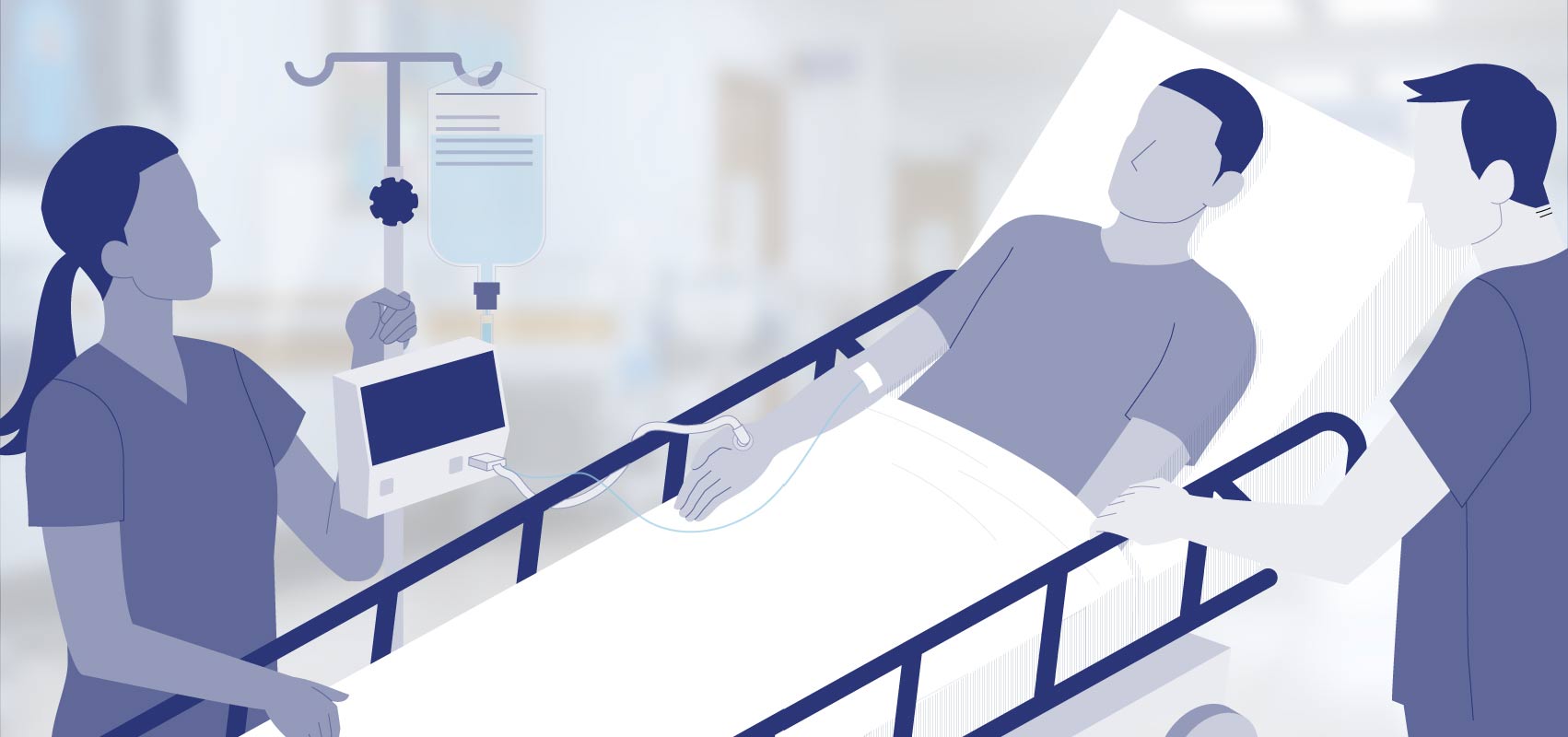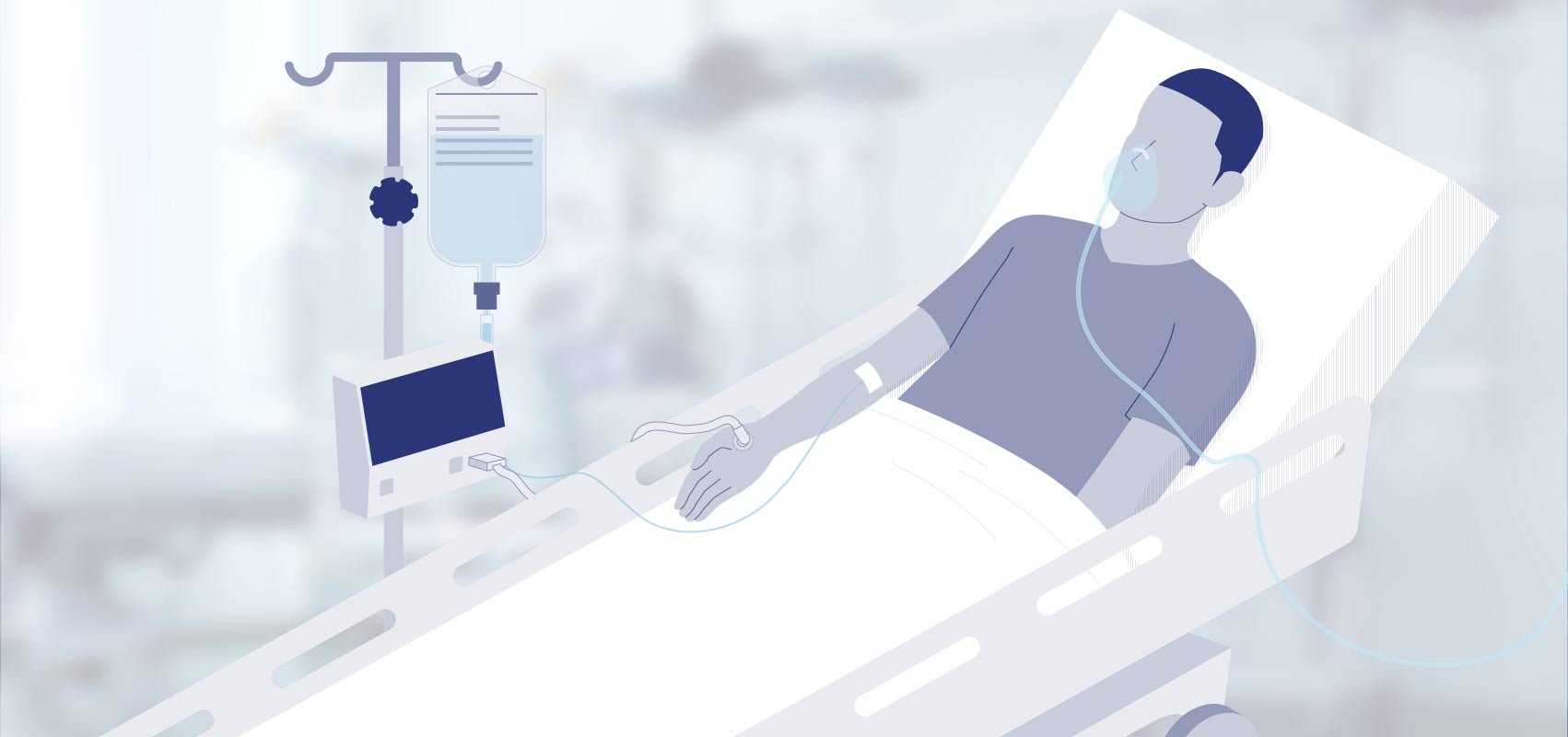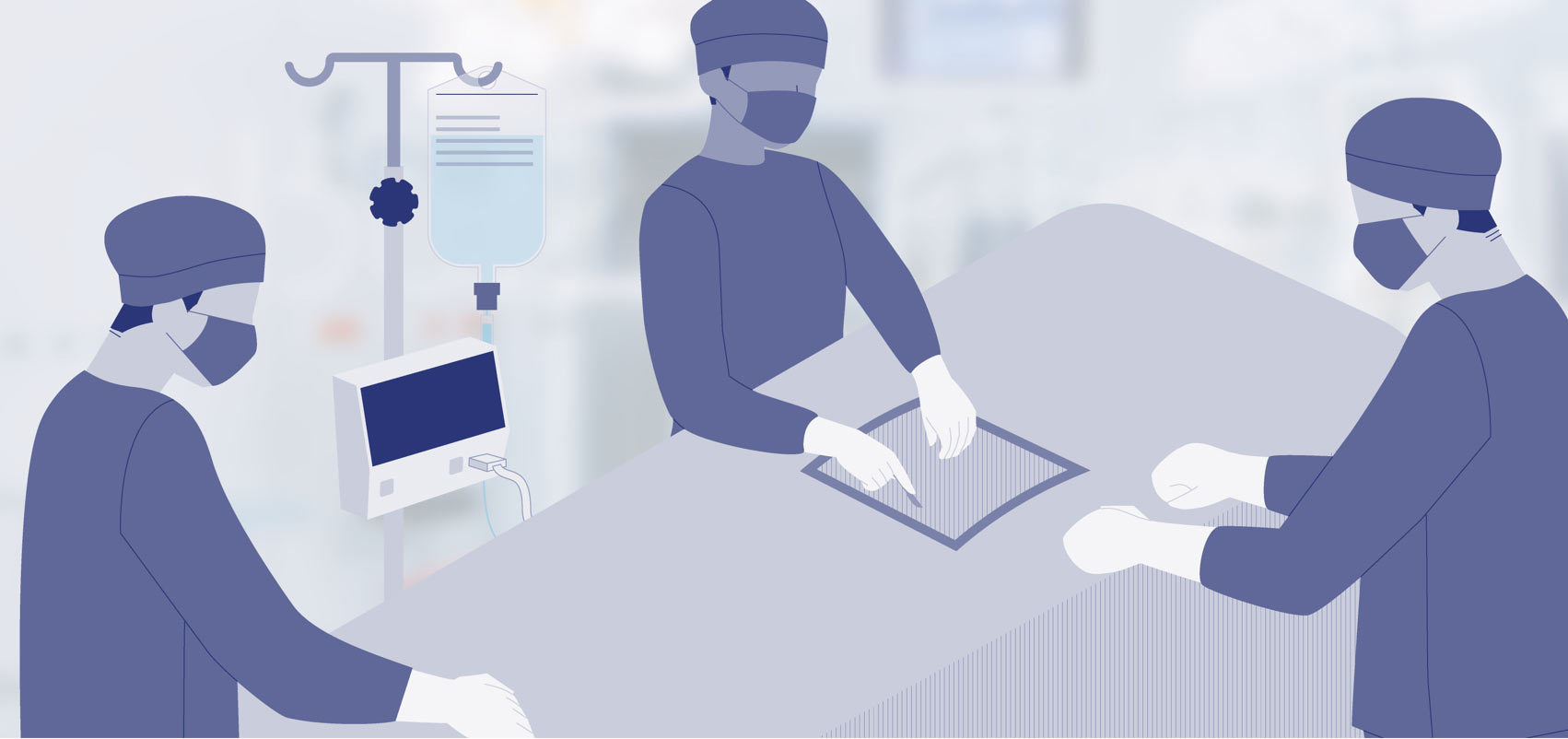Sepsis is a leading cause of death in US hospitals, surpassing opioid overdoses, prostate cancer and breast cancer combined.
Those who survive often endure prolonged periods of critical illness and dependency on vital organ support.
The financial burden of treating sepsis costs the U.S. healthcare system alone nearly $57 billion dollars annually.


